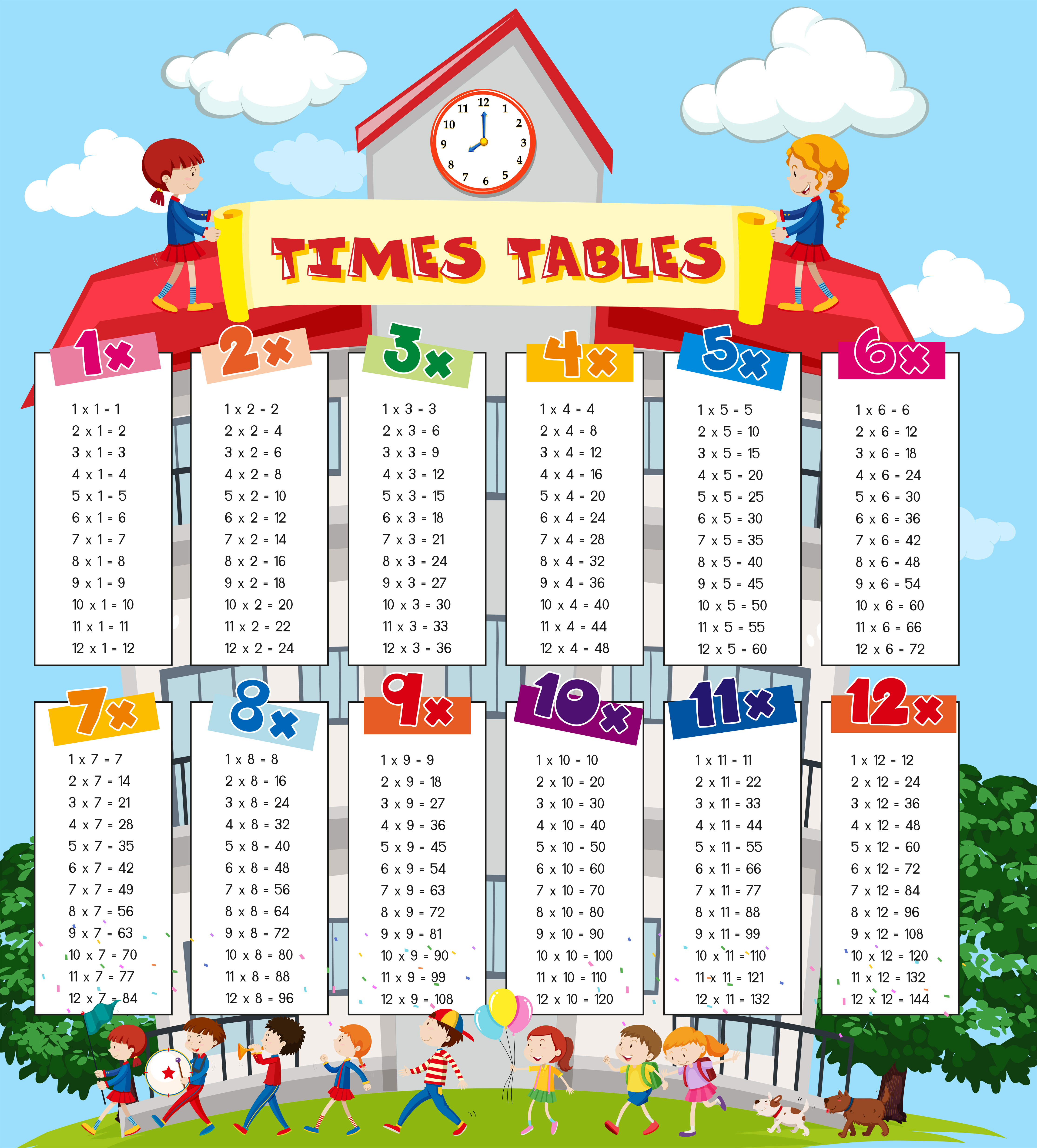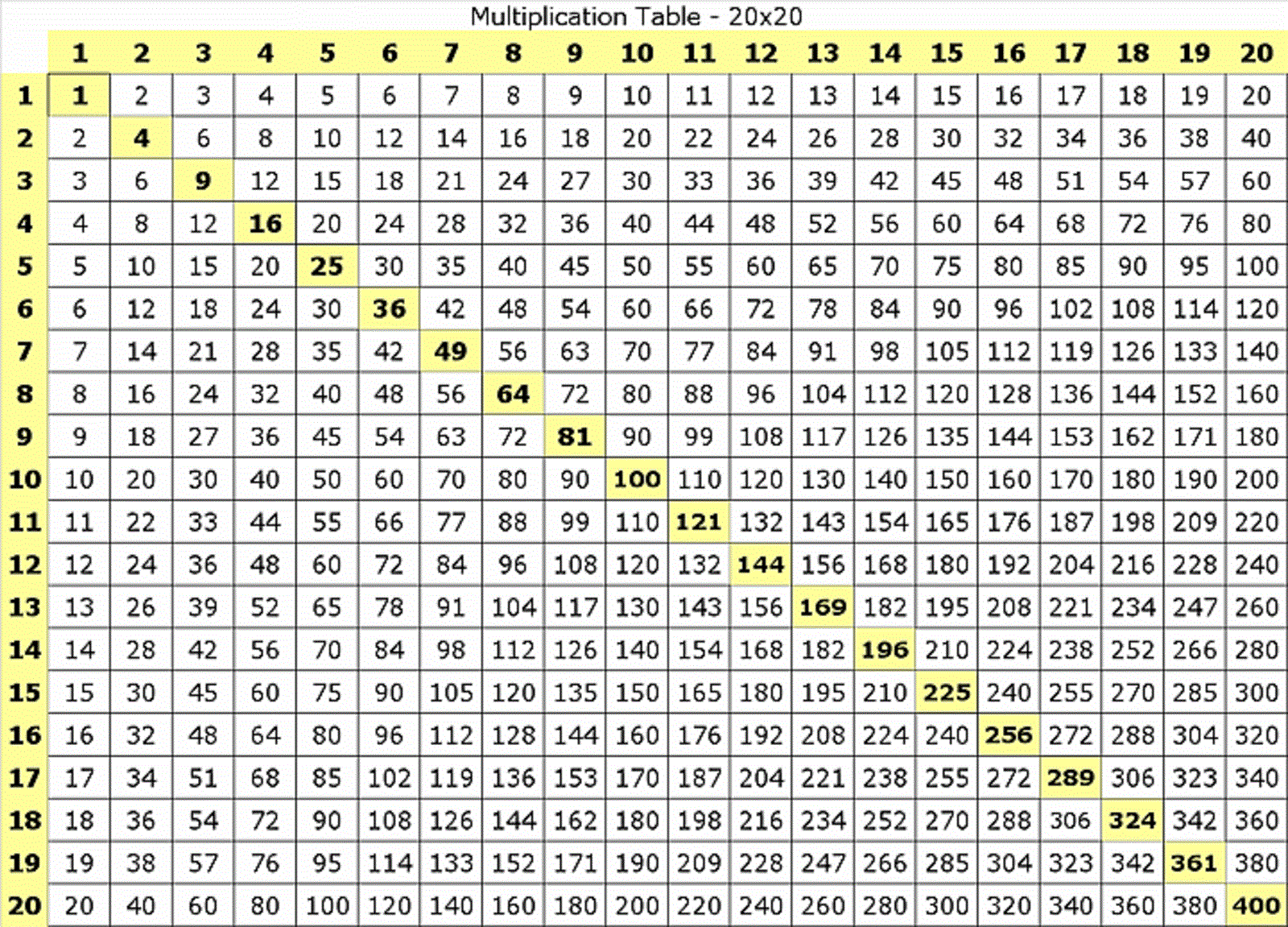
If you need to raise your voice to be heard at an arm’s length, the noise level in the environment is likely above 85 dB in sound intensity and could damage your hearing over time. The risk of damaging your hearing from noise increases with the sound intensity, not the loudness of the sound. For example, ten violins would sound only twice as loud as one violin. In general, to measure loudness, a sound must be increased by 10 dB to be perceived as twice as loud. A sound that seems loud in a quiet room might not be noticeable when you are on a street corner with heavy traffic, even though the sound intensity is the same. Loudness refers to how you perceive audible sounds. Two sounds that have equal intensity are not necessarily equally loud. Also, the intensity of a sound at 100 dB is one billion times more powerful compared to a sound at 10 dB. This means that a sound at 20 dB is 10 times more intense than a sound at 10 dB. To look up a multiplication fact, find the first factor in the column header and the second. Instead, the intensity of a sound grows very fast. The compact multiplication tables are basically lookup charts. The decibel scale is logarithmic, which means that loudness is not directly proportional to sound intensity. Sound intensity is the amount of sound energy in a confined space. How loud something sounds to you is not the same as the actual intensity of that sound. For more information, visit NIOSH’s website. The time estimates listed in the “Typical Response” column are based on the NIOSH exchange rate of 3 dB.

Hearing loss possible in less than 2 minutes Hearing loss possible in less than 5 minutes

60 times tables chart series#
my math times tables made easy for school children to use and practice series of math times tables from 1 to 30 using this tool. For more ideas see printable paper and math drills and math problems generator. Use these colorful multiplication tables to help your child build confidence while mastering the multiplication facts.
60 times tables chart pdf#
The maximum volume level for personal listening devices a very loud radio, stereo, or television and loud entertainment venues (such as nightclubs, bars, and rock concerts) 2 x 30 60: 60 ÷ 30 2: 3 + 30 33: 33 - 30 3: 3 x 30 90: 90 ÷ 30 3: 4 + 30 34: 34 - 30 4: 4 x 30 120: 120 ÷ 30 4: 5 + 30 35: 35 - 30 5: 5 x 30 150. Free printable multiplication charts (times tables) available in PDF format. Sounds at these dB levels typically don’t cause any hearing damage.ĭamage to hearing possible after 2 hours of exposureĭamage to hearing possible after about 50 minutes of exposureĪpproaching subway train, car horn at 16 feet (5 meters), and sporting events (such as hockey playoffs and football games)

On this page, you can find the table of 64 up to 20. The repeated addition of 64 is the multiplication table of 64. take a break and try to give a friend or parent the multiplication table and tell them to do.
60 times tables chart download#
Typical Response (after routine or repeated exposure) Learn Practice Download Table of 64 Table of 64 shows the values we get when the number 64 is multiplied by other whole numbers. Introduction to the multiplication 'times tables' from 2-9. Sounds and Noises Everyday Sounds and NoisesĪverage Sound Level (measured in decibels)


 0 kommentar(er)
0 kommentar(er)
